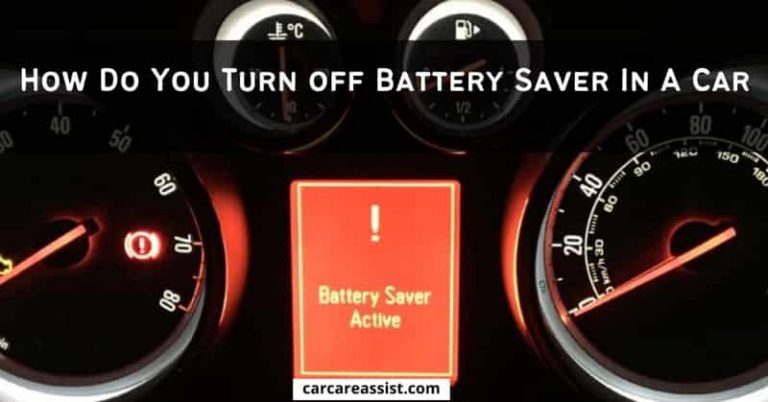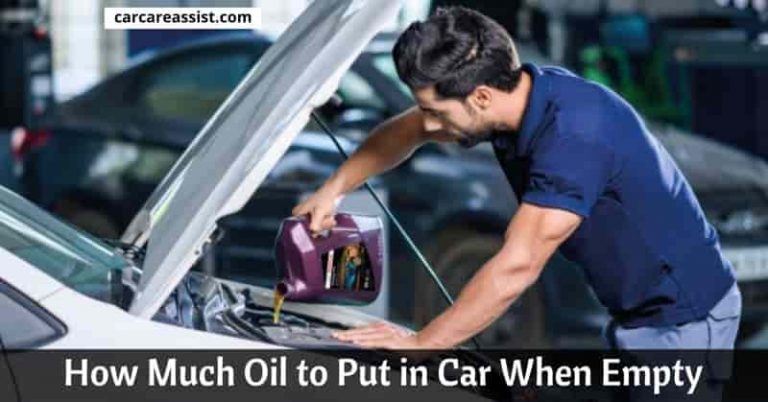Brake Pedal is Locked and the Car Won’t Start: Quick Fix
If your brake pedal is locked and the car will not start, don’t panic. There are a few things you can do to troubleshoot the issue and hopefully get your car moving again. In this guide, I will discuss some of the most common reasons why this might happen, as well as how to fix it. So, if you’re experiencing this problem, Keep reading for more information.
What to do if your brake pedal is locked and the car won’t start?
If you’re experiencing this problem, there are a few things you can do to troubleshoot it. First, check to see if the emergency brake is engaged. If it is, release it and try starting the car again.
In addition, If the emergency brake is not the issue, then check to see if there is any power getting to the car. If there is no power, check the battery and fuse box to see if there are any issues. If there is power, but the car still won’t start, then it’s likely that the starter is the issue.
How to Release the Brake Pedal Manually
If the brake pedal is stuck and the car won’t start, one of the first things you should do is check to see if the emergency brake is engaged. If it is, release it and try starting the car again.
To release the emergency brake manually, first, find the release lever. It’s usually located near the center console. Once you find it, pull the lever to release the brake. If the emergency brake is not the issue, then check to see if there is any power getting to the car.
How to Check the Battery and Alternator
If there is no power getting to the car, you’ll need to check the battery and alternator. To do this, first, open the hood and locate the battery. Once you find it, use a voltmeter to test the voltage. If it’s below 12 volts, then the battery is likely the issue.
However, If the battery voltage is normal, then check the alternator. To do this, locate the alternator and use a voltmeter to test the output. If it’s below 13 volts, then the alternator is likely the issue.
If you’re still having trouble starting the car, then it’s likely that the starter is the issue.
How to Start the Car After Releasing Brake Pedal
Once you have released the emergency break, if the car does not start, you may need to jumpstart it.
To do this, you will need another car with a working battery. Park the two cars close together and connect the jumper cables from the working battery to the dead battery. Make sure the red cable is connected to the positive terminal on the dead battery and the black cable is connected to the negative terminal.
Once the cables are connected, start the car with the working battery and let it run for a few minutes. Then, try starting your car. If it still doesn’t start, then you may need to replace the battery.
If there is power, but the car still won’t start, then it’s likely that the starter is the issue. The starter is responsible for turning over the engine and getting the car started. If it’s not working, then the car won’t start.
To test the starter, you’ll need a voltmeter. First, disconnect the negative battery cable. Then, locate the starter solenoid and remove the wire from the terminal. Next, test the voltage between the solenoid terminal and the ground. The voltage should be around 12 volts. If it’s not, then the starter is likely the issue and will need to be replaced.
These are just a few of the most common reasons why your brake pedal might be stuck and the car won’t start. If you’re experiencing this problem, hopefully, this blog post has helped you troubleshoot the issue and get your car moving again.
Frequently Asked Questions
Q: How to fix a Damaged ignition switch?
A: If the ignition switch is damaged, it will need to be replaced. however, if the problem is with the key, it may be possible to have a new key made.
Q: How do I know if my starter is going bad?
A: One way to tell if the starter is going bad is if the car makes a clicking noise when you turn the key. Another way to tell is if the car struggles to start or takes longer than normal to start.
Q: My car won’t start, but the lights and radio work. What could be the problem?
A: If the lights and radio work, but the car won’t start, it’s likely that the starter is the issue.
Q: I tried jumpstarting my car, but it still won’t start. What could be the problem?
A: If you’ve tried jumpstarting your car and it still won’t start, then it’s likely that the battery is damaged and will need to be replaced.
Q: I tried all of these things and my car still won’t start. What should I do?
A: If you’ve tried all of these troubleshooting tips and your car still won’t start, then it’s time to take it to mechanic. They will be able to diagnose the problem and fix it for you.
Q: Why is my brake pedal stuck and my car won’t start?
A: There are a few possible reasons why your brake pedal might be stuck and the car won’t start. It could be an issue with the emergency brake, the battery, the alternator, or the starter. To troubleshoot the problem, start by checking the emergency brake and making sure it’s released. If that doesn’t work, then check the battery and alternator. If there is power but the car still won’t start, then it’s likely that the starter is the issue.
Q: How do I test the starter?
A: To test the starter, you’ll need a voltmeter. First, disconnect the negative battery cable. Then, locate the starter solenoid and remove the wire from the terminal. Next, test the voltage between the solenoid terminal and the ground. The voltage should be around 12 volts. If it’s not, then the starter is likely the issue and will need to be replaced.
Q: Why won’t my car start if the battery is working?
A: If there is power, but the car still won’t start, then it’s likely that the starter is the issue. The starter is responsible for turning over the engine and getting the car started. If it’s not working, then the car won’t start.
Q: What to do if the problem is happening frequently?
A: If the problem is happening frequently, it is best to take the car to a mechanic so they can diagnose and fix the issue.
Q: What Do You Do If Your Brake Pedal Is Hard To Push?
A: If your brake pedal is hard to push, it could be a sign of a problem with your brakes. You should have your brakes checked by a mechanic as soon as possible to make sure there isn’t an issue that needs to be fixed. In the meantime, you can try pumping your brake pedal to see if that makes it easier to push.
Q: Is it possible for ABS to lock your brakes?
A: No, the ABS cannot lock your brakes. If your brake pedal is stuck and the car will not start, it is likely due to another issue such as the emergency brake, the battery, the alternator, or the starter. To troubleshoot the problem, start by checking the emergency brake and making sure it’s released.
Q: Is it possible for brakes to prevent an automobile from starting?
A: No, brakes cannot prevent an automobile from starting. If your brake pedal is locked and the car will not start, it is likely due to another issue.
Conclusion
I hope that this guide has helped you troubleshoot the issue of a stuck brake pedal and a car that won’t start. If you have any other questions or concerns, please feel free to reach out to us. I would be more than happy to help.







